You use your smartwatch to record your step count every day, but you may not realize that this data also hides important information about your heart health. Recently, a large study conducted in the United States, announced at the American College of Cardiology (ACC) 2025 conference, discovered a new metric calculated from smartwatch data—“Daily Heart Rate Per Step” (DHRPS)—which can more accurately reflect an individual’s cardiovascular health level.
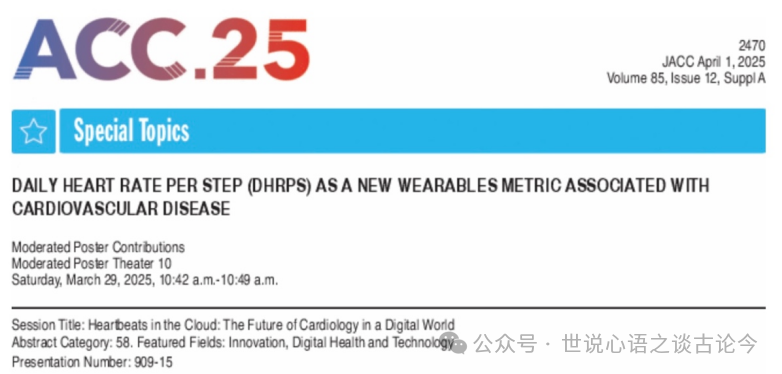
01
What is “Daily Heart Rate Per Step”?
In simple terms, it is the total heart rate for the day divided by the total number of steps taken that day, resulting in the Daily Heart Rate Per Step (DHRPS).
For example:
-
If Xiao Ming’s total heart rate today is 100,000 beats and he walked 8,000 steps, his Daily Heart Rate Per Step would be:
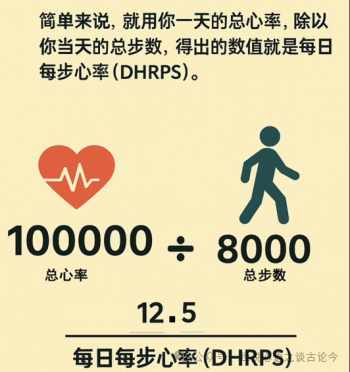
Why is this metric important?
Traditionally, people often focus only on the total number of steps or heart rate per day, but research has found that Daily Heart Rate Per Step better reflects the heart’s response to daily activities. In other words, it can indicate how well your heart copes with stress and recovers during daily physical activities, making it a better predictor of cardiovascular disease risk than just step count or heart rate alone.
What does the latest research tell us?
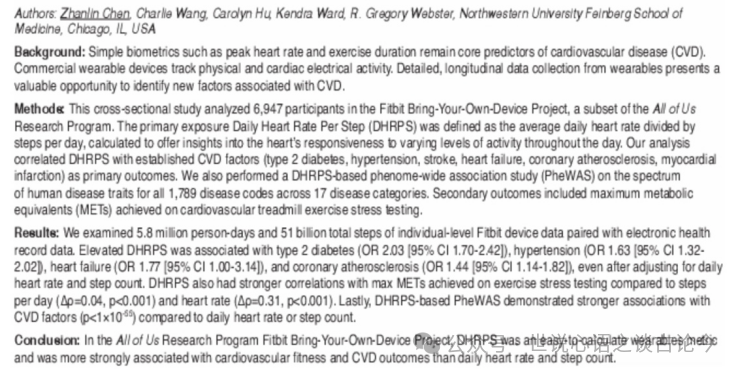
This study analyzed smartwatch data from nearly 7,000 participants, covering over 5.8 million person-days and 51 billion steps. Researchers found that:
Compared to those with lower Daily Heart Rate Per Step, individuals with higher Daily Heart Rate Per Step:
-
Have an increased risk of type 2 diabetes by approximately 2 times;
-
Have an increased risk of heart failure by 1.7 times;
-
Have an increased risk of hypertension by 1.6 times;
-
Have an increased risk of coronary heart disease (atherosclerosis) by 1.4 times.
However, the study did not find a correlation between Daily Heart Rate Per Step and the risk of stroke or myocardial infarction.
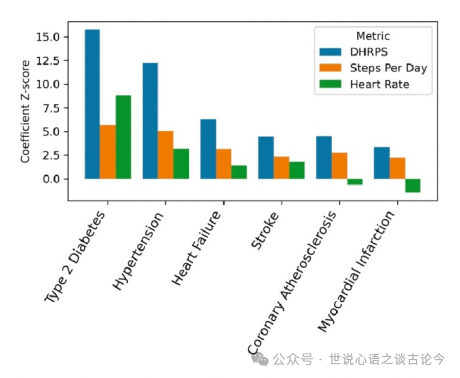
02
Why is “Daily Heart Rate Per Step” more useful?
Research shows that compared to simply using daily step count or daily heart rate, “Daily Heart Rate Per Step” can more accurately reflect an individual’s cardiopulmonary function:
-
A higher Daily Heart Rate Per Step usually indicates that the heart has to exert more effort to complete daily activities, which may suggest poor heart health.
-
In treadmill exercise load tests (a key method for measuring cardiopulmonary function), the performance of Daily Heart Rate Per Step is also significantly better than that of step count or heart rate alone.
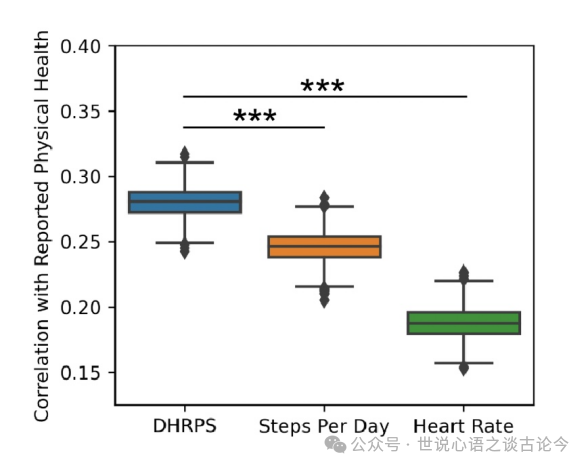
How can this metric help protect your heart?
Daily Heart Rate Per Step is simple to calculate, and anyone can compute it using data from their smartwatch or other wearable devices. In the future, this metric may be integrated into smartwatch apps to automatically remind you to pay attention to your heart health.
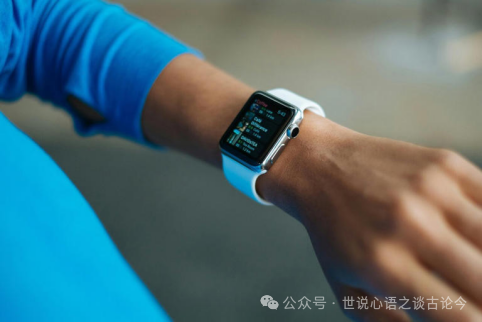
When you notice a significant increase in your Daily Heart Rate Per Step, it should be taken seriously, and you should promptly visit a hospital for further examination to prevent or detect cardiovascular diseases early, thereby effectively reducing disease risk.
Key Points to Note
-
Currently, this research is still in the preliminary exploration stage and can only show an association between Daily Heart Rate Per Step and cardiovascular diseases, without establishing a clear causal relationship.
-
In the future, researchers plan to conduct more prospective studies to analyze the relationship between this metric and heart health more precisely.
What is the significance of this research?
Currently, heart disease remains one of the leading causes of death worldwide, yet many people do not undergo regular risk screening for heart disease. The use of smartwatch data provides a simpler and more effective method for early identification of at-risk populations:
-
It helps raise awareness among the general public about their heart health.
-
It can assist doctors in early identification of individuals at higher risk, allowing for timely intervention and disease prevention.
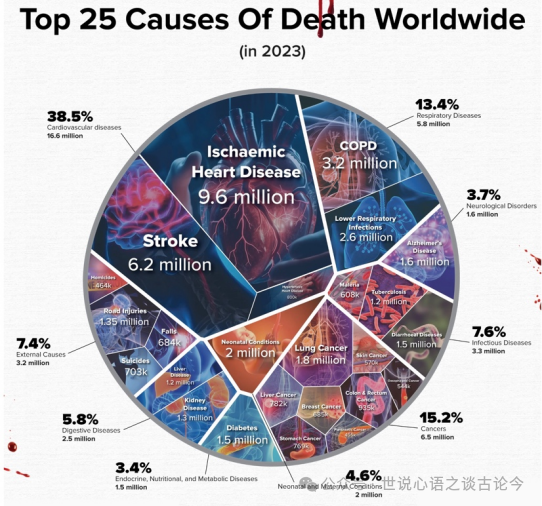
Future Research Plans
In the future, the research team hopes to further optimize and validate the Daily Heart Rate Per Step metric and collect and analyze data in real-time at the minute level. If subsequent research progresses smoothly, this metric is expected to become a new tool for doctors to assess cardiovascular disease risk.
03
Final Reminder
Wearing a smartwatch is not just about checking your step count. Start paying attention to your “Daily Heart Rate Per Step” now; it may sound an early alarm for your heart health and even save lives.

Introduction of the Public Account “World Talks on Heart”

Sun Zhijun
-
MD, Associate Chief Physician of Cardiology at Beijing Friendship Hospital, Capital Medical University
-
Host of the Douyin and WeChat video account “Talking Heart Matters with Dr. Sun” and the public account “World Talks on Heart”
-
Instructor and Secretary of the National Health Commission’s Arrhythmia Intervention Training Base
-
Member of the Youth Committee of the Chinese Society of Cardiac Electrophysiology and Pacing
-
Member of the Medical Popularization Working Group of the Chinese Society of Cardiac Electrophysiology and Pacing
-
Member of the Electrophysiology Group of the Chinese Society of Cardiac Electrophysiology and Pacing
-
Member of the Remote Diagnosis and Treatment Working Committee of the Chinese Society of Cardiac Electrophysiology and Pacing
-
Member of the Cardiovascular Health Branch of the China Health Promotion Association
-
Member of the Youth Expert Working Group of the “Early Screening, Early Diagnosis, Early Treatment” ICM Training Project of the Chinese Society of Cardiac Electrophysiology and Pacing
-
Member of the Chronic Disease Prevention and Management Committee of the China Health Information and Big Data Society
-
Member of the Geriatric Cardiovascular Disease Branch of the China Geriatric Health Medicine Research Association
-
Member of the Syncope Branch of the China Geriatric Health Medicine Research Association
-
Member of the Hypertension Prevention and Treatment Branch of the China Geriatric Health Medicine Research Association
-
Reviewer for the Chinese Journal of Cerebrovascular Diseases and Editorial Board Member of the Journal of Cardiopulmonary Vascular Diseases
-
Member of the Cardiovascular Committee of the Beijing Chronic Disease Prevention and Health Education Research Association
Specializes in the diagnosis and treatment of arrhythmias, particularly in the prevention and treatment of syncope and cardiac arrest, device therapy for heart failure (CRT/CRT-D), implantation of pacemakers for bradyarrhythmias, physiological pacing with the His bundle pacing system, implantation of leadless pacemakers, and radiofrequency ablation for atrial flutter, atrial fibrillation, supraventricular tachycardia, and premature ventricular contractions, with extensive clinical experience. He has co-authored and translated multiple works and published over 30 papers in SCI and core journals.